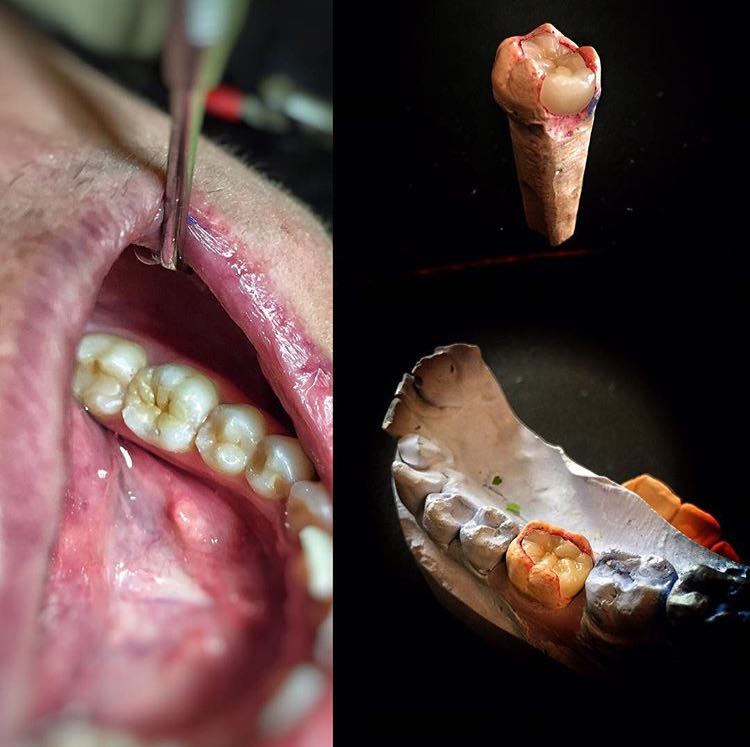| name | Ceramic Restorative Materials |
| Classification | Dental restorative materials |
| Pharmacokinetics | Not applicable. Ceramic restorative materials are not ingested and do not undergo systemic absorption. Their effects are localized to the tooth structure. |
| suggested dosage | Not applicable. Ceramic restorative materials are placed directly in the mouth to fill cavities and restore teeth. The amount of material needed is determined by the size and shape of the cavity to be filled. |
| indications | Restoration of decayed or damaged teeth, aesthetic improvement of teeth, and to improve the strength and function of the tooth. |
| Safety in pregnancy | Generally considered safe when used for dental procedures. Consult with a dentist specializing in dental procedures in pregnant patients to ensure safe procedure planning for maximum patient comfort. There is no systemic absorption to worry about. |
| Safety in breastfeeding | Generally considered safe when used for dental procedures. No known systemic absorption, so no concern for breast milk transfer. |
| side effects | | 1 | Possible sensitivity to ceramic materials in some patients. Sensitivity is most often linked to allergies or preexisting dental sensitivities. Contact with a qualified dentist for assessment. | | 2 | Dental pain or discomfort during or after the procedure is a possible side effect. | | 3 | Allergic reactions (though rare, can occur) | | 4 | Slight discomfort at the site of restoration |
|
| alternatives | |
| contraindications | | 1 | Patient allergies to components of ceramic materials. This is very important to detect before a procedure begins to determine safety of the restoration | | 2 | Active oral infections or inflammation | | 3 | Uncontrolled bleeding disorders | | 4 | Pre-existing sensitivity to dental procedures. |
|
| interactions | No known drug interactions. Ceramic materials do not interact with other medications systemically. |
| warnings and precautions | | 1 | Careful handling and placement of materials are necessary to prevent chipping or breakage. | | 2 | Patients with a history of adverse reactions to dental materials should inform their dentist. | | 3 | Proper hygiene and oral care instructions are important to maintain the restoration and prevent decay around the area. | | 4 | Post-procedure follow-up appointments are crucial to monitor the restoration's integrity and address any issues. | | 5 | Ceramic materials are vulnerable to staining, so maintaining oral hygiene is essential. |
|
| additional informations | | 1 | The type of ceramic material used may vary depending on the specific clinical situation, desired aesthetics, and strength requirements. | | 2 | Different ceramic materials have different properties (e.g., translucency, strength). | | 3 | Proper handling and curing techniques are essential for achieving optimal results. These must be maintained by a qualified dental professional. | | 4 | The patient's age (25) and weight (70kg) are not relevant to the choice of ceramic materials. These variables are more associated with other dental considerations that could be important. |
|
| patient details | |

